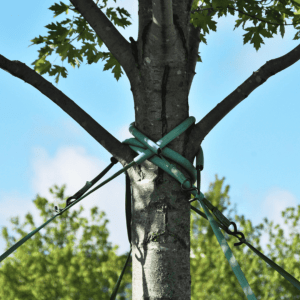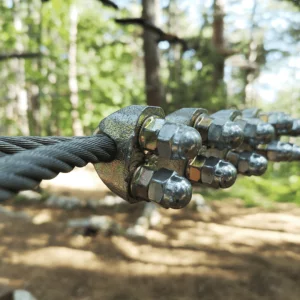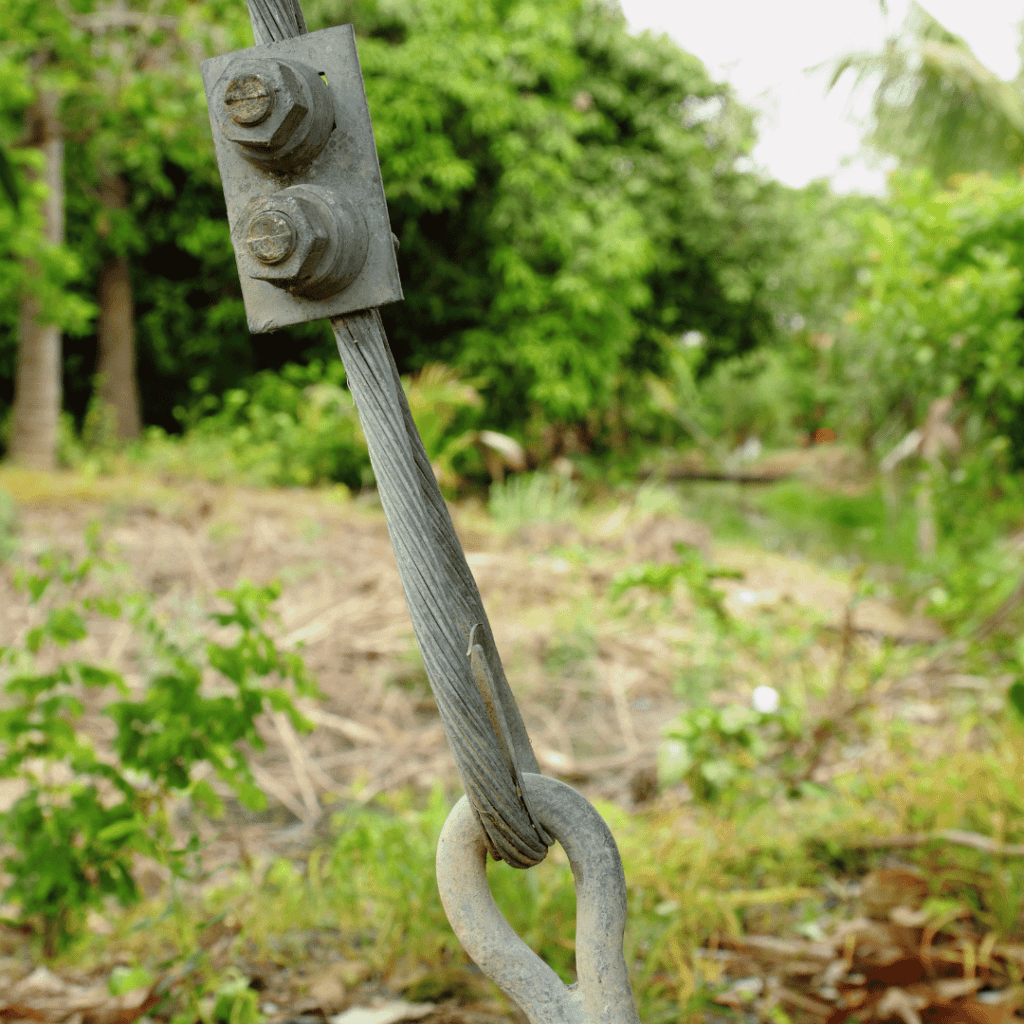Tree bracing and cabling are critical arboricultural techniques aimed at enhancing tree stability and safety. In this Brockley Tree Service blog, we explore these important practices, highlighting their role in tree care and preservation. Trees, like all living beings, can experience structural challenges due to factors like weather, disease, or natural growth patterns. Bracing and cabling are proactive steps to reinforce these vulnerable structures, promoting their health and longevity. This introduction sets the stage for a deeper understanding of how these methods contribute to tree maintenance.
The Need for Support
Why do trees need bracing and cabling? Several scenarios necessitate these interventions:
- Preventive Care: For young or newly planted trees, bracing and cabling can guide healthy growth.
- Storm Damage Mitigation: Trees in storm-prone areas benefit from added support to withstand high winds and heavy rains.
- Aging and Disease: Older or diseased trees may develop structural weaknesses that require support.

Cabling: A Closer Look
Cabling involves the installation of flexible cables in the upper portions of the tree. These cables are strategically placed to redistribute weight and provide support to weak branches or joints. The goal is to maintain the tree’s natural shape while preventing damage from heavy loads or wind.
Bracing for Stability
Bracing, on the other hand, employs rigid rods to reinforce weak spots in the tree’s structure. This technique is commonly used for splits or cracks in the trunk or large branches. Bracing rods help to hold these parts together, preventing further damage and decay.
The Process of Installation
The installation of braces and cables requires a deep understanding of tree biology and physics. Arborists assess the tree’s structure, identify weak points, and determine the best course of action. The installation is a delicate process, aiming to provide support without harming the tree.
Long-Term Care and Monitoring
Once installed, it’s crucial to regularly inspect and maintain these support systems. Over time, trees grow and their needs change, which may require adjustments to the braces and cables.
Benefits of Tree Bracing and Cabling
The benefits of these practices are multifaceted:
- Enhanced Safety: By stabilizing weak structures, the risk of falling branches or splitting trunks is significantly reduced.
- Preservation of Trees: Bracing and cabling can extend the life of a tree, especially those with historical or sentimental value.
- Aesthetic Maintenance: These techniques help maintain the natural form and beauty of the tree.

Choosing the Right Approach
Not all trees are suitable candidates for bracing and cabling. Arborists consider factors like species, age, health, and location before recommending these interventions. The decision is always made with the tree’s best interest in mind.
Tree bracing and cabling should always be performed by trained professionals. Improper installation can cause more harm than good, both to the tree and its surroundings. Tree bracing and cabling are invaluable techniques in arboriculture, playing a crucial role in the health, safety, and preservation of trees.
Brockley Tree Service offers expert advice and service in this area, ensuring that each tree receives the care it needs.

